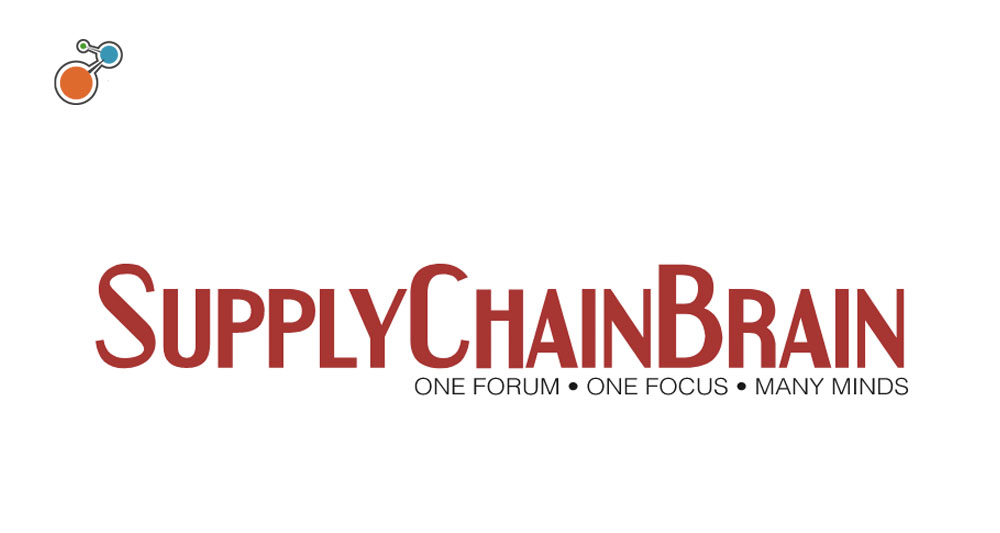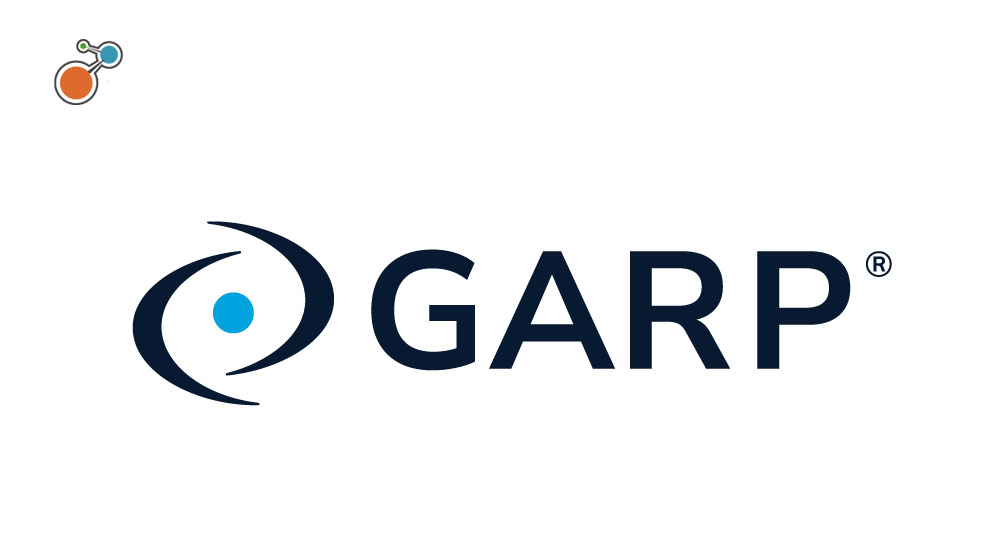Insurance Business July 7, 2022
With businesses facing a multitude of risks and tightening regulations, risk managers and decision-makers will have to deal with many terms and their acronyms. A major part of today’s risk management is GRC (governance, risk, and compliance), as well as its subset ERM (enterprise risk management).
According to Jim Wetekamp, CEO of Riskonnect, GRC is a set of processes and procedures that help organizations achieve business objectives, address uncertainty, and act with integrity. GRC aims to instill good business practices into an organization’s daily operations. GRC is an umbrella that spans multiple disciplines, including compliance, third-party risk management, internal audit, and ERM.
“As a subset of GRC, ERM is a structured, proactive, and continuous process that is applied across the enterprise to collectively look at all risks, how they relate, and the cumulative impact on the organization,” Wetekamp said. “ERM goes beyond traditional risk management, which generally focuses on insurable risks, to include all risks and opportunities that affect an organization’s performance, including non-insurable risks like reputation. As the spectrum of potential risks continues to expand, adopting an enterprise-wide approach to risk management is critical for proactively identifying and mitigating potential threats.”
Wetekamp said that today’s business leaders face a risk landscape that is much more volatile, uncertain, and interconnected than before. What started as a health and safety issue could end up affecting other parts of the business, such as supply chain, business relationships, business continuity, workforce productivity, and more. As a result, executives are under pressure to make smart decisions about risk quickly and without error. This means they need fast access to facts to help them come up with an informed response.
“A comprehensive GRC strategy can pave the way by removing silos and enabling better data sharing and collaboration,” he said. “GRC also aligns the entire organization around the right objectives, actions, and controls to drive resiliency and overall success. “
Read the full article in Insurance Business >>





